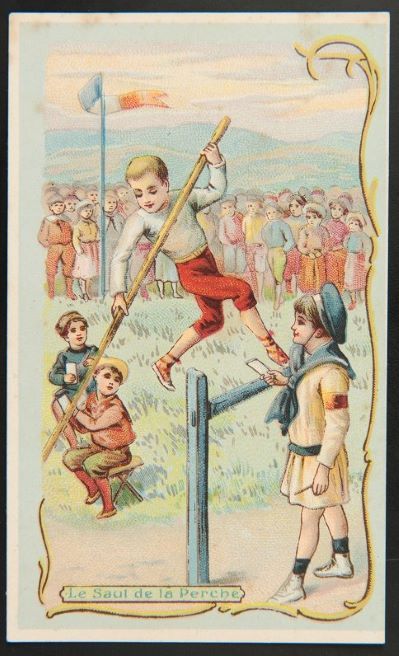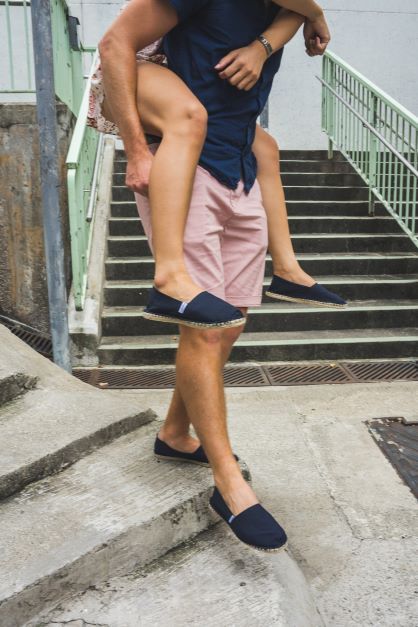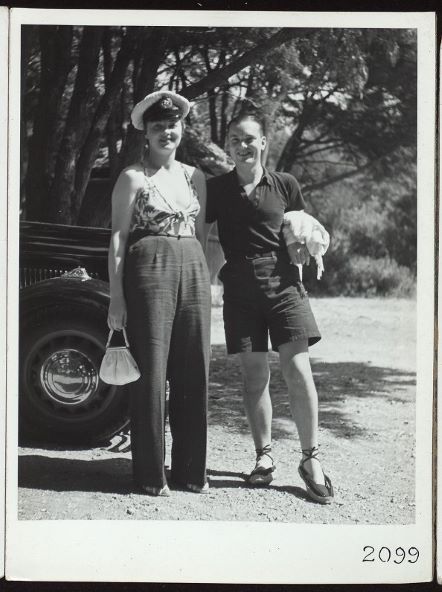Do you know what espadrilles are?
Lightweight canvas shoes called espadrilles (l'espadrille) are typically laced at the ankles and constructed using a rope braided from esparto grass. Named after the Latin word for rope, which is spartum (from the Greek sparton).

Espadrilles (l'espadrille) are light canvas shoes traditionally made with a rope braided from esparto grass and tied around the ankles with laces. The name comes from the Latin word "spartum", which comes from the Greek word "sparton", which means "rope".
It's hard to say exactly where espadrilles came from because they've been around for so long and the materials they were made from are fragile and haven't stood the test of time. The first ones like these were made during the Neolithic era. Sandals that look like espadrilles have been found all over the Mediterranean basin. They are linked to the ancient Greco-Latin culture.

Making espadrilles
The sole of espadrilles is what makes them stand out. It is made from natural fibers. Vigatanes, which are Catalan espadrilles with long laces, were the most common shoes for farm workers in the past because they were light and let air flow. Even though espadrilles are now made industrially all over the world, Catalans keep the old skills alive by making them in small workshops using techniques that have been around for hundreds of years and involve a lot of handworks.
Espadrilles in sport and heliotropism
At the turn of the 19th and 20th centuries, espadrilles changed what they were used for, and they became a kind of sports shoe that not many people know about. Because the sole is flexible and doesn't limit movement and the shoe is made of lightweight material, many athletes, especially those who run or play tennis, have worn them.

During the first half of the 20th century, people were interested in Greece and the ancient world. This led to the popularity of espadrilles, which look like sandals. But the real espadrille fashion wave started with the "cult of the healthy body" in the 1930s. This was a popular idea at the time, and it led to people being interested in exercise, dieting, and sunbathing.
Heliotropism, also called the "cult of the sun," was all about nature, the sun's good effects, and living outside. In the 1950s, when Hollywood stars came back from vacations on the Riviera, they brought the espadrille style with them. Twenty years later, designers took the basic shape of the espadrille and used it to make a new style of shoe for women. Today, the area where modern espadrilles are made has moved away from the place where they were first made. They are now an important part of summer clothes.

Espadrilles as a political symbol
During the Spanish Civil War (1936–1939), when Catalonia lost its autonomy and the new government banned the Catalan language, the artist Per Catalá Pic made an iconic poster with the slogan "Let's crush fascism!" and a leg wrapped in espadrilles raised above a cross. The espadrilles represented Catalonia's resistance to General Franco's regime.




